
― Bill Bryson, Neither Here Nor There: Travels in Europe
Our trip several years ago to Nuuk, Greenland was a prime example of this. Cruise ships stop here on occasion in September when the ice supposedly has melted enough to allow a close approach to shore. Once ashore we had the run of the town, which had suddenly grown in population by a factor of two with the arrival of our cruise ship. The folks were friendly and welcoming and as long as you remembered to look both ways before crossing the street (traffic signs are suggestions here), you really can't get into any trouble. And speaking of signs, many are written in Greenlandic (Kalaallisut), the language spoken by the Inuit of Western Greenland. Helpfully, most were also written in Danish, which meant that I could stand there and understand that I was completely illiterate in TWO languages while also appreciating just how exotic and exciting that was :-)
Jan and I easily navigated through the town and learned there was a baby boom underway (nine months after the coldest, darkest month of the year), that raspberries where $12 for a small container, and the we could shop at the same JYSK store we had back in Saskatoon. Although we were here only a day, it felt like we were far away from our usual lives and selves. To be able to share, even for a few hours, the way other people lived in such a remarkable place was a real gift.
Recently I have gotten to know a fellow traveller who I would like to introduce to you. Adam Shepard has just spent a year travelling the world and taking the time to really learn about other countries, people and himself in the process. His new e-book, "One Year Lived'" takes the reader with Adam through seventeen countries as he lived, worked and learned along the way. His book begins with his first bungee jumping experience and proceeds on from there in easy to read and engaging prose. Adam is a traveller, not a tourist, and as he year progressed, he met incredibly interesting people and experienced each country in a new and unique way.
To mark the release of Adam's book on April 18, we gave away a pdf version of his book "One Year Lived" next Wednesday, April 25 at 6:00pm CT time. And the envelope please....... congratulations to Jeff-yes-that-Jeff for the win!
Further information about Adam and "One Year Lived" is available here. or read the press released via the link below.
| one_year_lived_press_release.pdf |
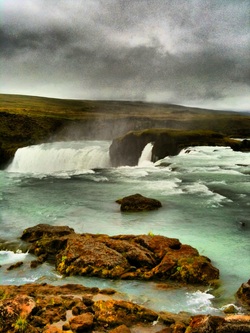
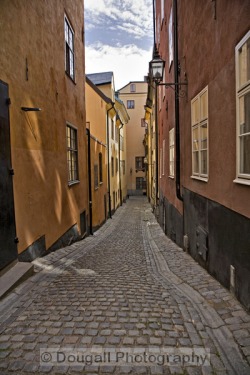
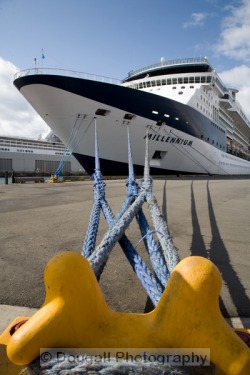
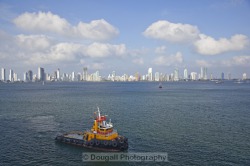


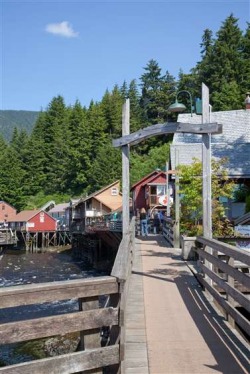
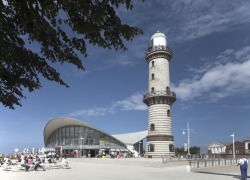

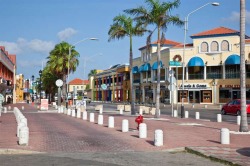
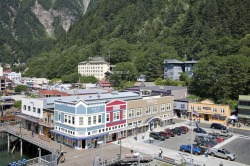

 RSS Feed
RSS Feed
